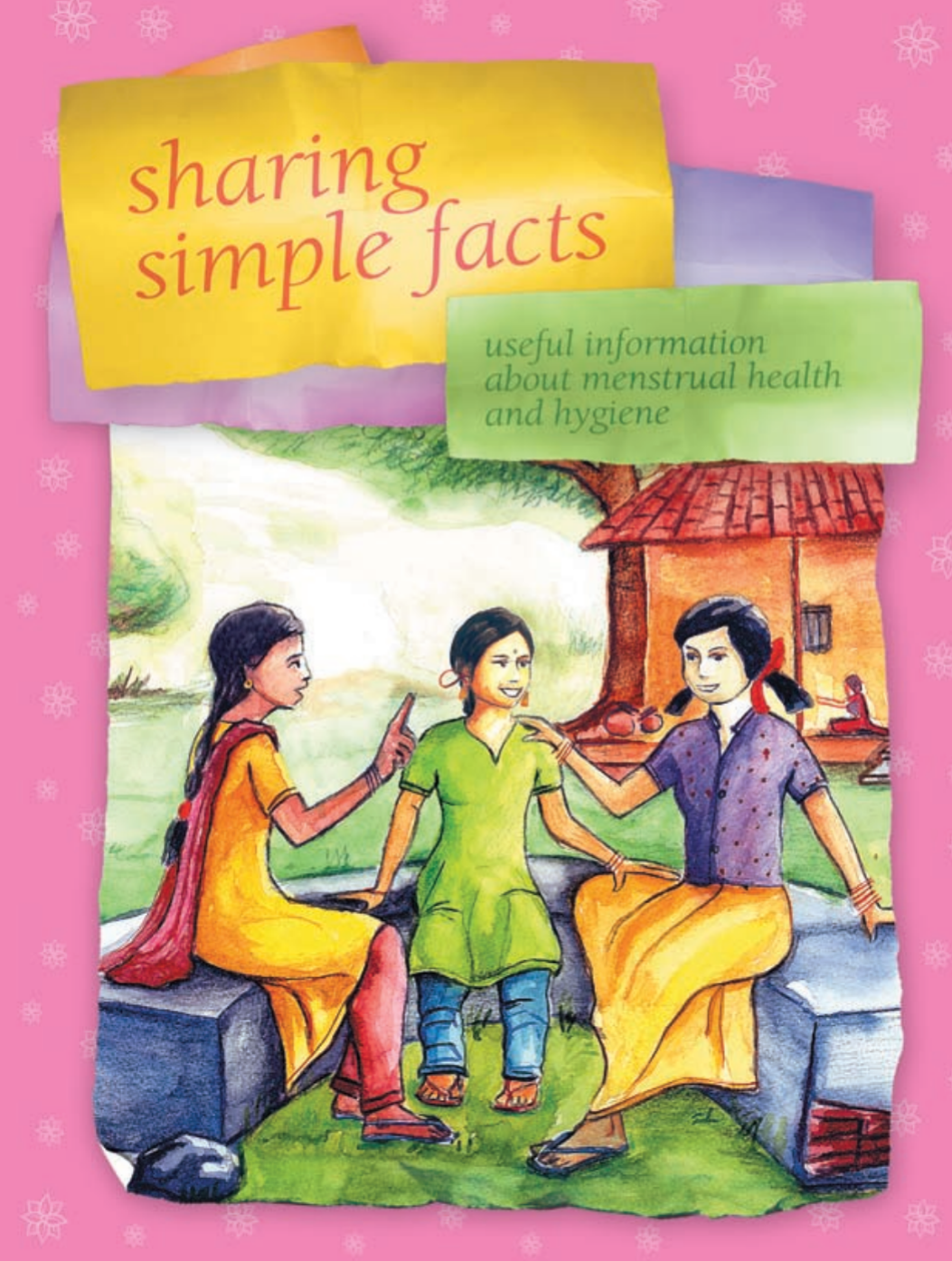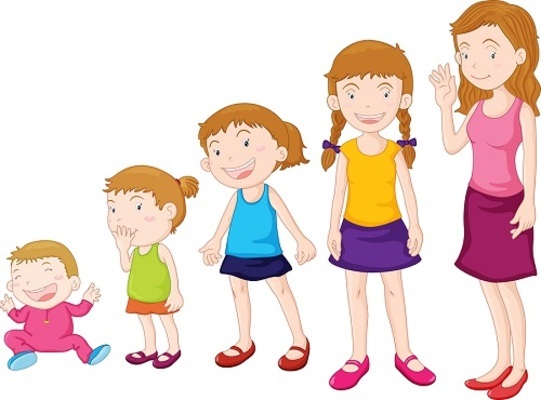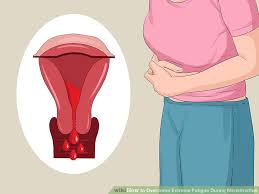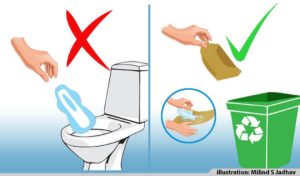During a period, the uterus contracts, tightening and relaxing so that the menstrual flow empties from the body. This process for some is painful. Some girls get cramps that are more severe than others. Pain relievers, exercise, a hot bath, or a heat compress can help this.Some girls have cramps during their periods. Cramps are actually uterus’ contractions. The uterus, which is like a pear-shaped muscle, helps get rid of the endometrium, or lining of the uterus. These contractions that sometimes feel like cramps are the body’s way of shedding, or getting rid the lining of the uterus, through the vagina, and out of the body, as the lining is no longer needed that cycle.





